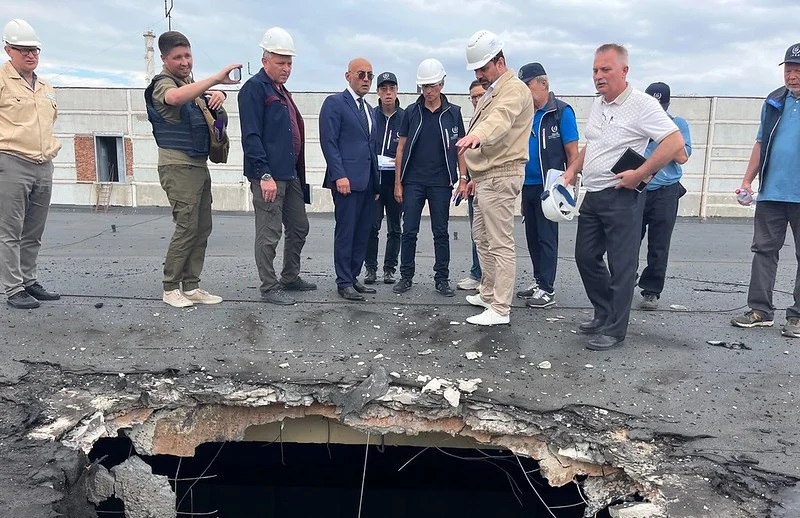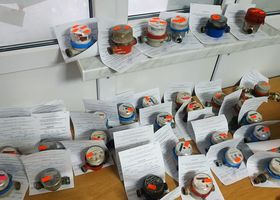How Russian propaganda is constructed regarding the occupation of the ZNPP
The Kyiv School of Energy Policy and the Civic Network OPORA analyzed the architecture of Russian disinformation regarding the Russian occupation of the Zaporizhzhia nuclear power plant.

Russian authorities have built an extensive and complex infrastructure to spread disinformation at the global level. We singled out 7 key platforms for both direct and indirect dissemination and scaling of disinformation: representatives of the Russian state authorities, Russian state platforms for global communication, proxy sources, hidden influences in social networks, hacker attacks and operations, activities of Russians within international institutions and the Russian Church. Such multi-channel allows, firstly, to create more effective targeted messages for different audiences, secondly, to form resistance to countermeasures on the part of countries and target audiences of informational influences, thirdly, to create the effect of an "echo chamber" - to increase persuasiveness their messages by repeating them from many different sources.
Using the example of Russian disinformation about Zaporizhzhia NPP, we found that the key speakers of Russian disinformation were: local collaborators, representatives of Russian diplomacy, representatives of Rosatom, Russian politicians and the military. Thus, the function of local collaborators consists in creating the illusion of an "initiative from below" on the part of the local population and ZNPP employees, as well as producing "reliable news" from the epicenter of events. Also, representatives of local occupation administrations are the main proponents of the idea of subordinating the ZNPP to the Russian corporation Rosatom, presenting this idea as an "initiative from below" and the own desire of ZNPP employees and Energodar citizens. We can see echoes of these theses in the statements of Russian diplomats and politicians. For their part, Russian diplomats adapt the messages of the collaborators to an international audience and regularly comment on international events, strengthen conspiracy theories about the development of prohibited weapons by Ukraine, and especially emphasize the narrative that the Russians are only protecting the ZNPP and do not expose the facility to danger. As an institution, Rosatom itself rarely comments on events surrounding the ZNPP, however, we often observe media statements by individual representatives of the corporation, most often - statements about "provocations" by Ukraine and coverage of various types of support for both ZNPP employees in particular and Energodar citizens in general. Russian politicians and the military duplicate and amplify the statements of the actors listed above.
From the point of view of the design of disinformation narratives, the most popular tactics of the Russians in the context of the ZNPP are discrediting and disarmament. Russia is systematically mirroring evidence-based accusations by Ukraine and international observers in its direction of systematic shelling of a nuclear energy facility, storage of weapons on its territory, and intentions to use the ZNPP as a tool of pressure. The Russians often influence their audience by intimidation that the absence of Russian troops in Energodar and in particular on the territory of the ZNPP will lead to a disaster, emotionally colored vocabulary and filled with conspiracy theories about the secret development of prohibited weapons by Ukraine on the territory of the power plant and the management of Ukraine by Western governments. Russians often use the technique of "clickbait", that is, the use of emotionally manipulative headlines and sharp accusations of various "enemies of Russia" of immoral and cruel actions and intentions. At the same time, by discrediting Ukraine, Russia presents itself as a reliable and safe partner that protects the ZNPP from man-made disasters and other external threats. In the framework of this work, the description of the speakers and tactics of Russian disinformation regarding the ZNPP is illustrative in nature. As we have shown above, Russian disinformation is an extensive and complex system that has many more actors and platforms than the news reports from the Russian media that we have used. The case of ZNPP is not an exception, so for a deeper understanding, additional research on this topic is necessary.
The full text is available via link








